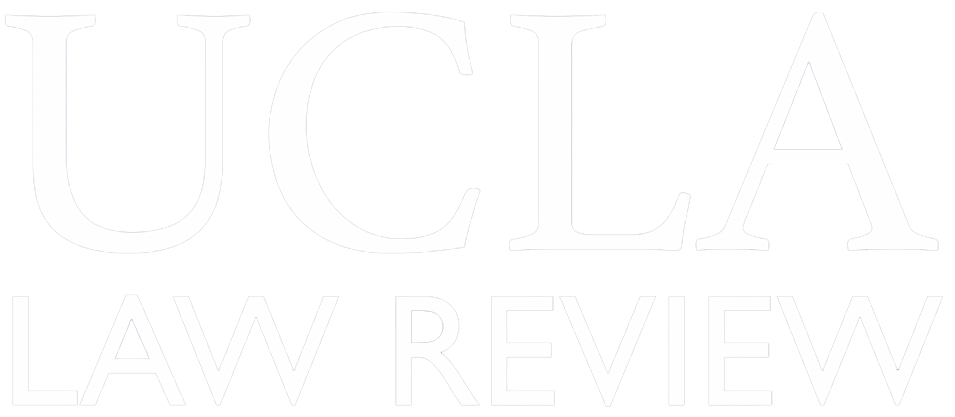Abstract
Conservatorship, though viewed as a private law device, has always operated as a tool of public governance, social control, and resource extraction through the manipulation of the legal category of disability. This Article places a well-accepted Anglo-American history of conservatorship in probate law in conversation with its historical deployment by states, the federal government, and government-empowered private actors to control and extract resources from Native and Black Americans. By recognizing the inherent instability and malleability of disability as a legal concept, I unearth and interrogate its use in the United States in three key moments of political and economic subordination: (1) guardianship of Native Americans in colonial New England; (2) guardianship of free Black Americans in the South during the antebellum period; and (3) guardianship of Native Americans during the allotment period. In isolation, these histories may be familiar to some readers. This Article’s contribution derives from linking them. Doing this shows how conservatorship was and continues to be a formidable legal tool of political and economic subordination, made possible because of how powerful actors have been able to manipulate the concept of disability.
To advance this argument, this Article mines legislation, cases, and original conservatorship petitions submitted to county probate courts during the relevant historical periods to show how the design of conservatorship laws offered a way to create economic indebtedness and servitude, while also shifting valuable resources out of conservatees’ hands. This Article then turns to recent examples of conservatorship cases to show how elements from this institution’s early history have shaped the design and operation of conservatorship law today. Seeing this throughline allows us to look upon conservatorship with fresh eyes and ask different questions—questions that may ultimately push us beyond reformist solutions and toward a more radical reimagining of this legal institution.
